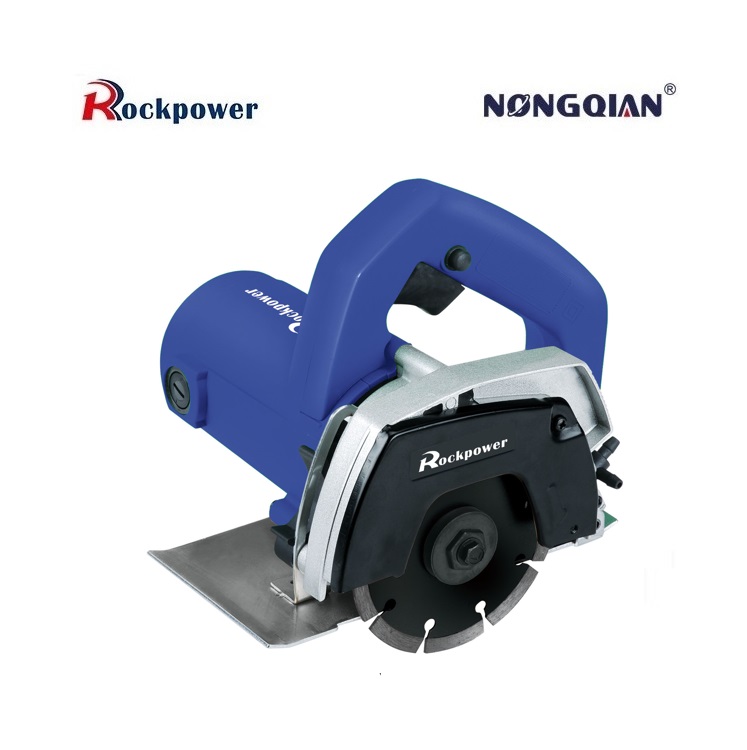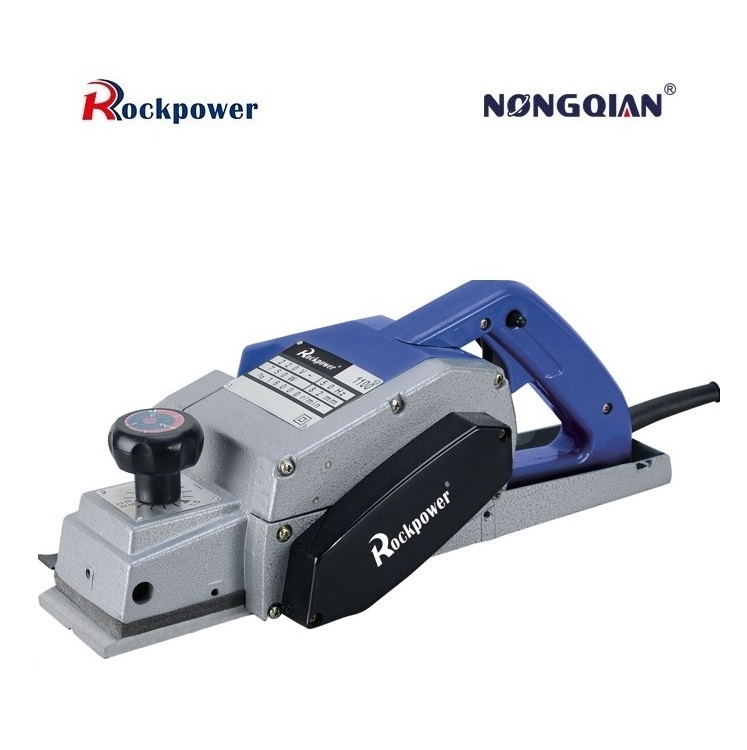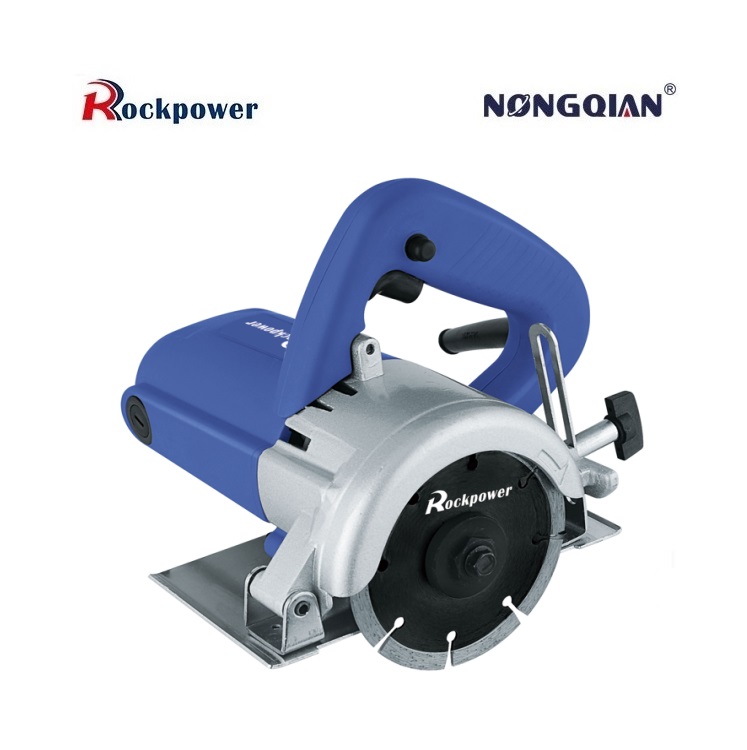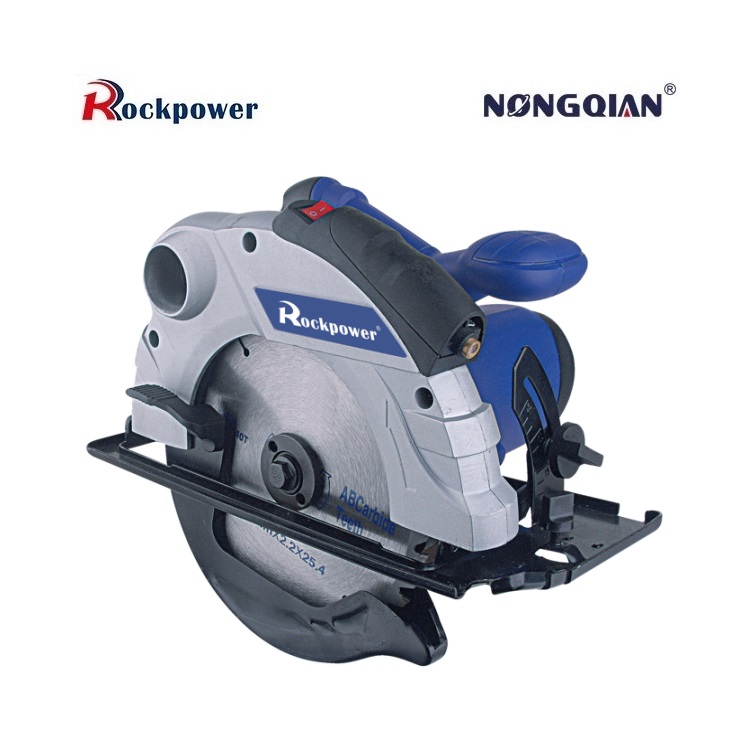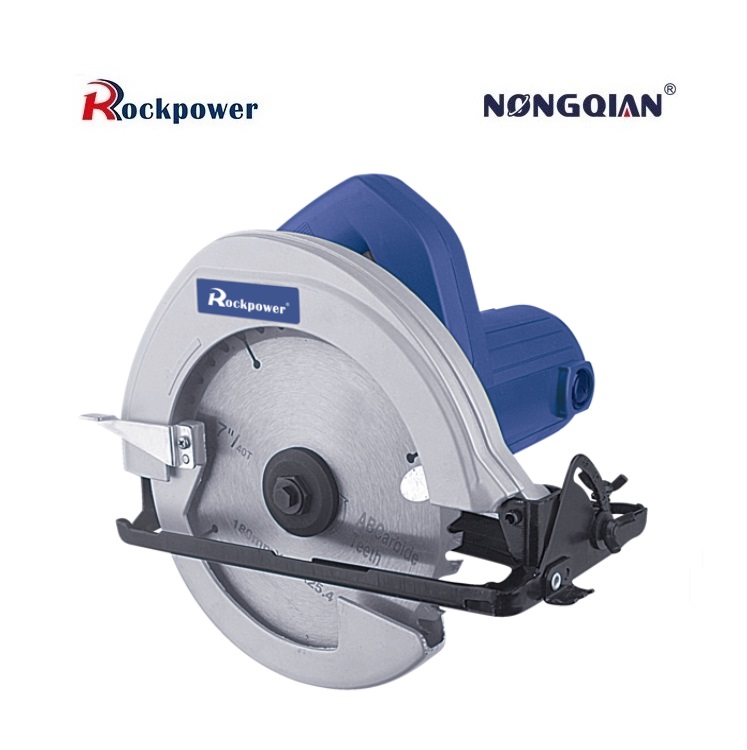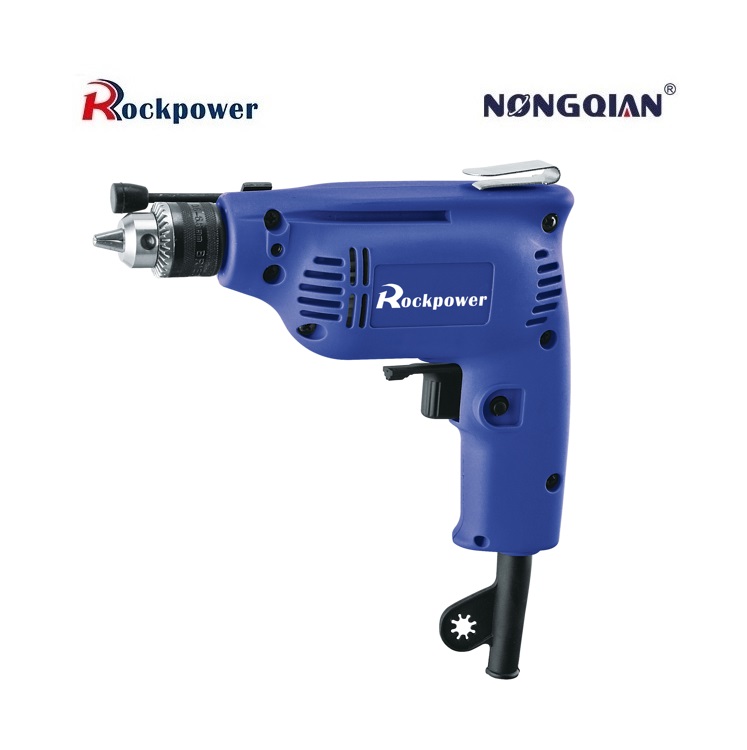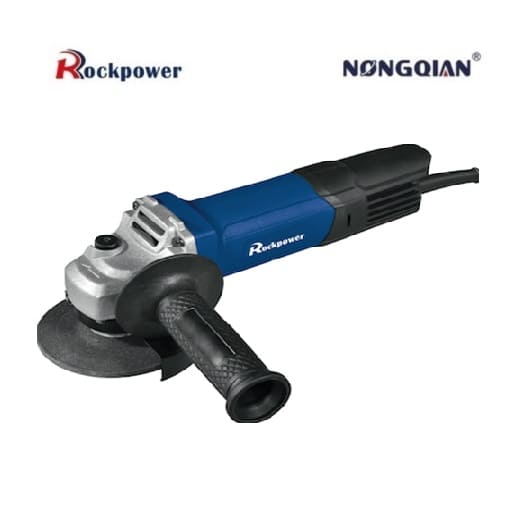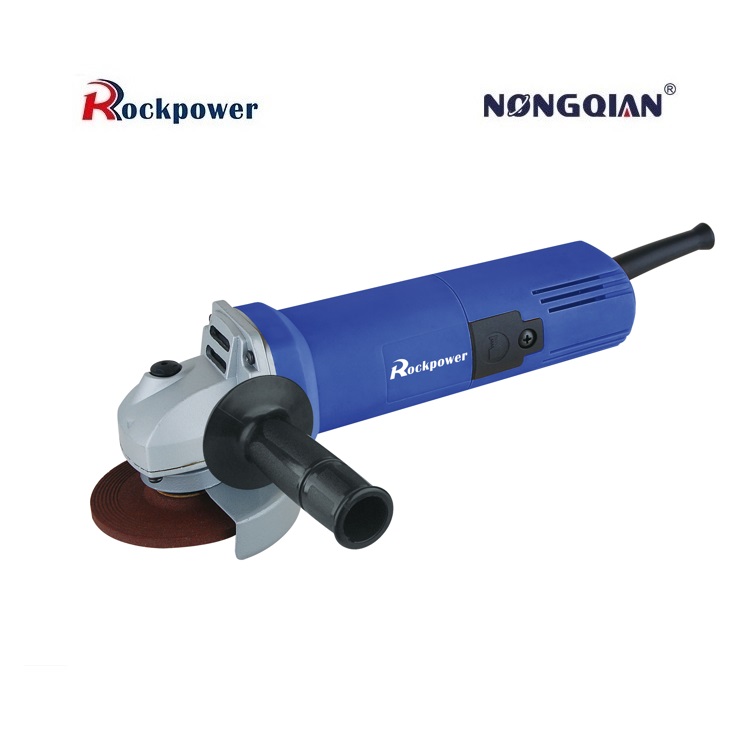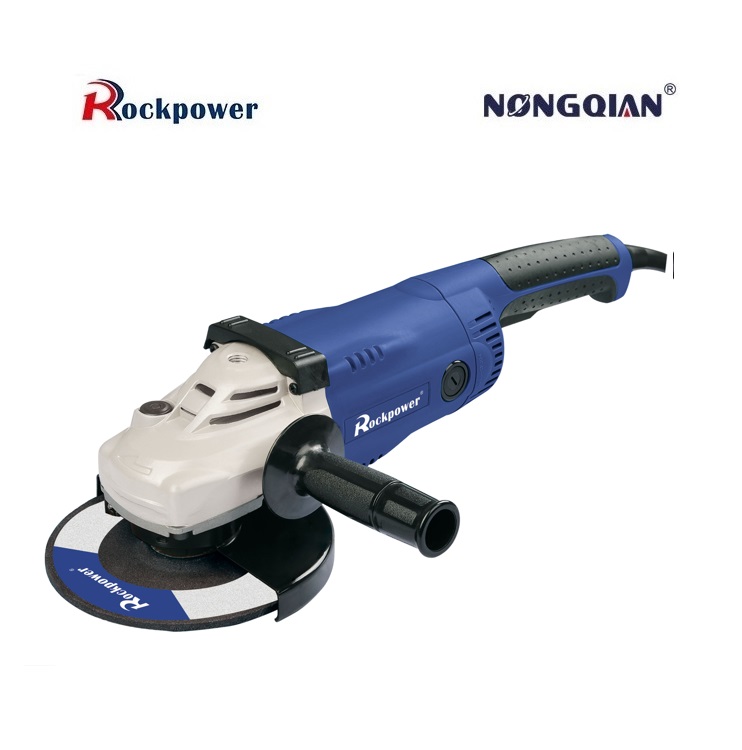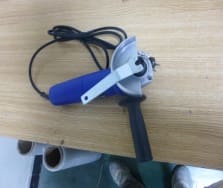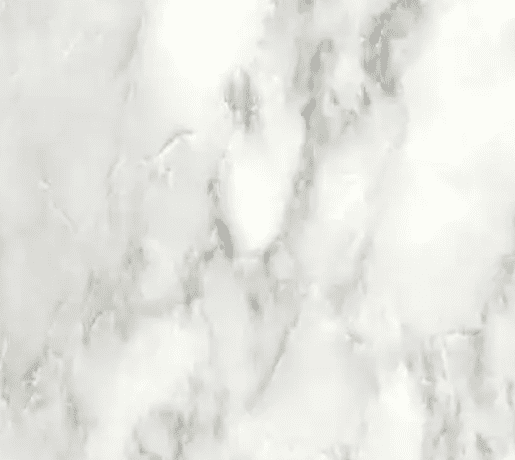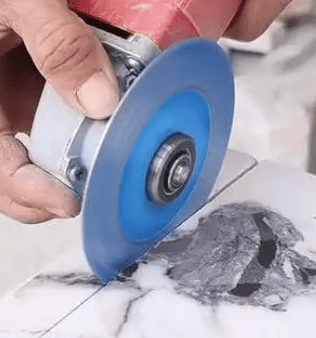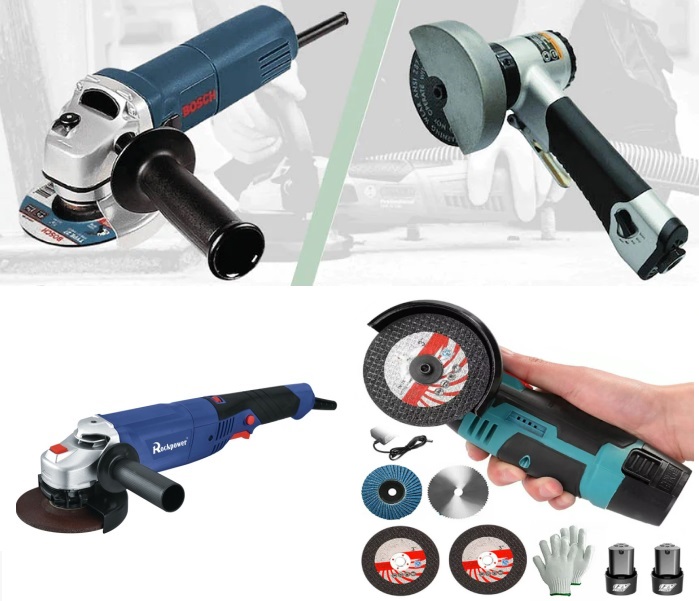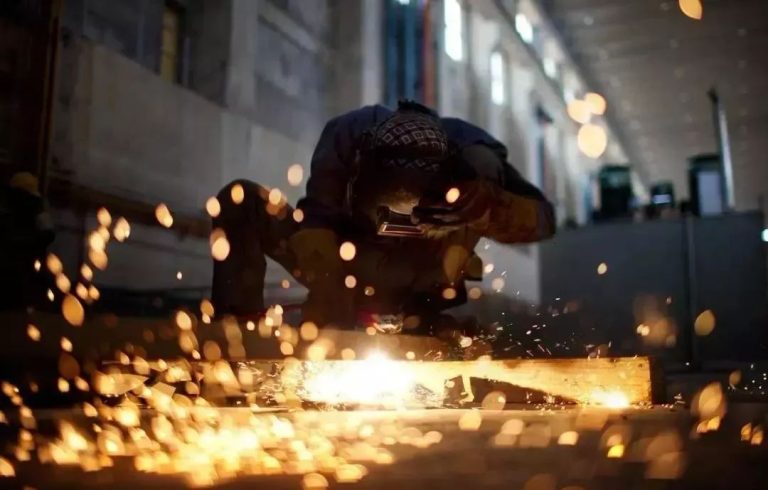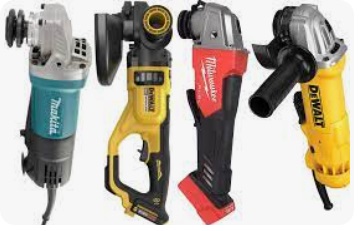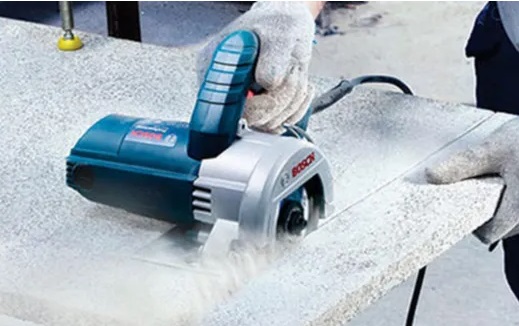How to keep marble from chipping when cutting?
How to Prevent Cracks and Chipping During Marble Cutting: A Comprehensive Guide
Marble, with its timeless elegance and natural beauty, remains a coveted material for countertops, flooring, and sculptures. However, its inherent characteristics – natural fissures, calcite-based composition, and susceptibility to thermal stress – make it prone to cracking and chipping during cutting. Achieving flawless cuts requires meticulous preparation, precise execution, and the right tools. This guide delves deeply into the techniques and principles for preventing these defects.

I. Preventing Cracks: Addressing the Core Vulnerability
Cracks are often catastrophic, rendering the stone unusable. Prevention starts long before the blade touches the stone.
- Pre-Cutting Preparation: The Foundation of Success
- Thorough Cleaning: Remove all dirt, dust, grit, and debris from the surface and edges. Contaminants can interfere with the blade’s path, cause binding, or act as initiation points for cracks. Use clean water and a soft brush; avoid harsh chemicals unless specifically designed for stone.
- Critical Inspection: Examine the slab meticulously under strong, angled light. Identify existing natural fissures (veins), cracks, or weak zones. Mark these areas clearly. Cutting blindly through a hidden fissure is a primary cause of catastrophic cracking.
- Reinforcement with Stabilizers: Applying a clear stone stabilizer (penetrating resin) or a specialized stone crack adhesive over marked fissures and the intended cut line is crucial. These products seep into micro-cracks and weak zones, bonding the calcite crystals together, significantly increasing the stone’s tensile strength and cohesion along the cut path. Allow ample curing time as per the product manufacturer’s instructions before cutting.
- Strategic Planning and Controlled Execution: Precision is Paramount
- Accurate Layout: Precisely measure and mark the cut line using a sharp pencil, grease pencil, or specialized stone marker. Use straightedges or templates for complex shapes. Double-check measurements.
- Secure Fixturing: Immobilize the marble slab completely using heavy-duty clamps, vacuum lifters, or a stable cutting table with adjustable stops. Any vibration or movement during cutting dramatically increases crack risk. Support the slab on both sides of the cut line to prevent sagging, which creates tension on the bottom edge.
- Blade Depth Management: Set the cutting blade depth to penetrate just below the marble slab’s thickness (typically 1/8″ to 1/4″). Excessive depth forces the blade core and gullets against the kerf walls unnecessarily, creating friction, heat, and lateral stress that can split the stone.
- Controlled Feed Rate: Apply steady, moderate pressure. Never force the blade. Let the diamond abrasives do the work. Pushing too hard generates excessive heat, increases blade deflection, and overloads the stone structure, leading to cracks. Listen to the machine; a high-pitched whine often indicates excessive pressure or a dull blade.
- Vigilance and Response: Constantly observe the cut. If a crack starts to propagate immediately stop cutting. Continuing will only worsen it. Assess the cause (e.g., hidden fissure, excessive pressure, inadequate support) before proceeding.
- Tool Selection: The Right Blade Makes All the Difference
- Diamond Blade Specification: Use a continuous rim (segmented rim blades increase vibration) diamond blade specifically rated for marble/granite. The diamond grit size and bond hardness must be appropriate for marble’s relative softness. A blade designed for harder granite will cut too slowly in marble, generating excessive friction and heat.
- Machine Suitability: Ensure the cutting machine (bridge saw, angle grinder, circular saw) is powerful enough for the blade size and stable enough to minimize vibration. Worn bearings or a loose arbor will cause blade wobble, instantly increasing crack risk.
- Thermal Management: Heat is marble’s enemy. Avoid excessively high blade RPMs. Implement cooling continuously during the cut:
- Water Cooling: The gold standard. A constant, adequate flow of water directed at the blade’s cutting edge and gullets lubricates the cut, removes swarf (slurry), and critically, dissipates heat. This prevents thermal expansion within the stone and blade warping. Ensure water reaches both sides of the blade within the cut.
- Dry Cutting Risks: Cutting dry generates intense localized heat, causing rapid thermal expansion and contraction within the marble’s structure. This thermal shock is a major cause of micro-cracking and catastrophic failure. If water cooling is absolutely impossible (e.g., some handheld work), use the blade only for very short bursts and allow extended cooling periods between passes. This is highly discouraged for critical cuts.
II. Preventing Edge Chipping: Protecting the Cut Line
Chipping (edge spalling or “blowout”) mars the finish and necessitates laborious repair. It occurs when the blade exits the material or when unsupported edges break away.
- Gentle Handling and Patience:
- Minimize impacts during loading, positioning, and fixturing. Marble edges are fragile.
- Post-Cut Support: After completing the cut, do not immediately release the cut piece or move the slab. Allow the blade to come to a complete stop within the cut or carefully back it out while still running if necessary. Premature movement can cause the freshly cut, unsupported edges to catch and chip. Support both pieces as fixtures are released.
- Thermal Control During Cutting:
- Avoid aggressive, deep, single-pass cuts on large sections, especially without adequate cooling. The heat buildup along the cut path weakens the stone near the edge. Use multiple, progressively deeper passes if necessary, allowing the stone to cool slightly between passes.
- Leveraging Technology: Infrared Bridge Saws
- Enhanced Stability: These saws use an infrared laser projected precisely onto the stone surface, creating a highly visible cut line directly under the blade path. This allows the operator to track the blade’s position with extreme accuracy relative to the intended cut, minimizing any lateral deviation or wandering that puts uneven stress on the edges and causes chipping. The inherent stability of a good bridge saw platform further reduces vibration.
- Optimal Blade Choice:
- Premium Diamond Blades: Invest in high-quality, preferably imported, continuous rim diamond blades specifically for marble. Premium blades maintain their sharpness longer due to superior diamond quality and bonding technology.
- Sharpness is Key: A sharp blade cuts with significantly less downward and lateral force. Reduced force translates directly to less stress on the fragile edge of the cut, minimizing the tendency to chip out. Dull blades crush and tear the stone instead of cleanly abrading it.
- Regular Maintenance: Monitor blade performance. Signs of dullness include slower cutting, increased effort required, burning smell (even with water), excessive chipping, and a glazed appearance on the blade rim. Have blades professionally sharpened (re-tipped) or replace them promptly. Don’t wait for catastrophic failure.
- Mastering Cutting Technique:
- Consistent Feed Rate: Maintain a smooth, steady, and moderate speed throughout the entire cut. Jerky movements, speeding up, or slowing down causes uneven pressure distribution along the cut line, increasing the likelihood of chipping at points of stress fluctuation.
- Continuous Cooling: As emphasized for crack prevention, constant water flow is equally vital for preventing chipping. It keeps the blade cool and sharp, lubricates the cut, and prevents the stone at the edge from overheating and becoming brittle. Ensure water reaches the exit point of the cut.
- Entry and Exit Strategy: Chipping most often occurs at the end of the cut where the blade exits the material and the edge is unsupported. Techniques to mitigate this include:
- Backer Board: Clamp a sacrificial piece of wood or stable material tightly against the exit edge of the cut line. This provides crucial support directly behind the marble as the blade exits, preventing the edge from blowing out.
- Scoring Pass: Make a very shallow (1-2mm) scoring cut along the entire cut line first. This establishes a clean, controlled groove for the blade to follow in the full-depth pass, reducing edge stress.
- Post-Cut Refinement:
- Edge Profiling and Polishing: Even with the best techniques, microscopic chipping or roughness can occur. Use progressively finer diamond polishing pads (e.g., 50 grit -> 100 grit -> 200 grit -> 400 grit -> 800 grit -> 1500 grit -> 3000 grit) on a variable speed polisher or router to smooth and round the edge. This removes any tiny chips and creates a finished, durable edge. Sealing the polished edge is recommended.
III. Cutting Methodologies: Choosing the Right Tool for the Job
The choice of cutting method significantly impacts crack and chip prevention:
- Manual Cutting (Hammer & Chisel):
- Process: Requires extreme skill and patience. The chisel is placed along the score line and struck precisely with a hammer, fracturing the stone.
- Risk: Very high risk of uncontrolled cracking and severe chipping, especially near fissures or edges. Accuracy is low.
- Prevention Focus: Only suitable for very rough work or splitting. Requires perfect identification of grain direction and fissures. Reinforce heavily with resin. Use light, controlled taps.
- Power Grinder/Cutter (Angle Grinder or Circular Saw):
- Process: Uses a diamond blade mounted on a handheld or walk-behind power tool. Most common for jobsite cuts (sinks, outlets), templating, and smaller slabs.
- Risk: Moderate to High. Vibration, potential for blade deflection, and difficulty maintaining perfect feed rate/cooling increase risks. Chipping on the exit side is common.
- Prevention Focus: Absolute stability of the slab is critical. Use guides/straightedges clamped securely. Ensure continuous water feed (essential!). Use premium continuous rim blades. Make scoring passes. Support exit edges. Multiple shallow passes are safer than one deep cut.
- Waterjet Cutting:
- Process: Uses an ultra-high-pressure stream of water mixed with abrasive garnet sand to erode the stone. Computer-controlled (CNC).
- Advantages: Minimal risk of thermal cracking (cold cutting process). Very low mechanical stress on the stone. Exceptional precision for complex shapes. Minimal dust. Smooth cut edges often requiring less polishing.
- Prevention Focus: Ideal for intricate work, fragile stone, or avoiding heat/mechanical stress. The primary “prevention” is choosing this method. Ensure proper masking to prevent surface abrasion near the cut.
- Laser Cutting:
- Process: Uses a high-power focused laser beam to vaporize the stone along the cut path. CNC controlled.
- Advantages: Extreme precision for intricate details and very fine cuts. Minimal mechanical stress. No tool contact. Clean process.
- Disadvantages/Risks: High energy input causes significant localized heating. Extremely high risk of thermal cracking and discoloration (burn marks) in marble, especially thicker slabs. Slow cutting speed. Very high cost.
- Prevention Focus: Generally not recommended for standard marble cutting due to the overwhelming thermal risk. Mostly used for specialty, very thin stone applications or engraving where thermal effects are managed or desired.
Safety: The Non-Negotiable Priority
Before employing any cutting method:
- Personal Protective Equipment (PPE) is Mandatory: Safety glasses/goggles (ANSI Z87.1), full-face shield (especially for grinders/waterjets), hearing protection (NRR 25+ dB), respirator (N95 minimum, P100 for silica dust – essential even with water if mist is generated), cut-resistant gloves, and sturdy footwear.
- Silica Dust Hazard: Marble contains crystalline silica. Dry cutting or operations generating dust create a severe respiratory hazard (silicosis, lung cancer). Always use water suppression or dust extraction systems rated for silica. Wet methods are vastly preferable.
- Machine Safety: Ensure tools are well-maintained, blades are securely mounted and guarded, and electrical cords are undamaged. Keep work areas clean and well-lit. Be aware of kickback forces, especially with circular saws/grinders.
- Material Handling: Marble slabs are extremely heavy. Use proper lifting techniques, mechanical aids (A-frames, vacuum lifters), and secure storage to prevent crushing injuries or slab damage.
Conclusion
Achieving crack-free and chip-free marble cuts is an attainable goal through rigorous adherence to fundamental principles: comprehensive pre-cutting inspection and stabilization, absolute material immobilization, meticulous cut planning, selection of the appropriate sharp blade and capable machinery, strict thermal management via continuous water cooling, controlled and consistent feed rates, strategic support at critical points (especially cut exits), and proper edge finishing. Understanding the strengths and limitations of different cutting methods allows for optimal selection.
For complex projects, valuable stone, or if proper equipment, environment (dust/water management), or expertise is lacking, partnering with a professional stone fabrication shop is strongly advised. They possess specialized machinery (like precision infrared bridge saws and waterjets), extensive material knowledge, and the necessary infrastructure for safe and flawless processing. By combining careful technique, the right tools, and unwavering attention to safety, the inherent challenges of cutting marble can be consistently overcome.

